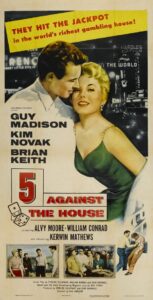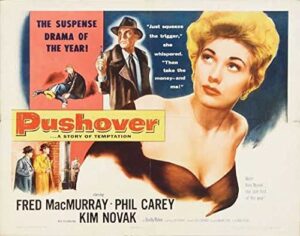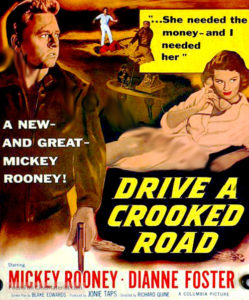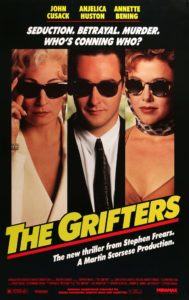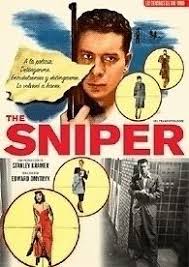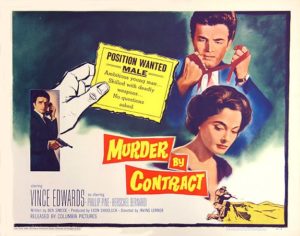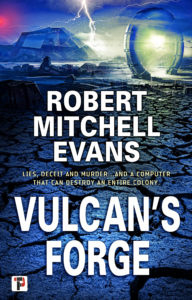The COVID-19 crisis among other things stopped could the Film Geeks San Diego’s year-long presentation of Italian Genre Films that my sweetie-wife and I were enjoying so much. So, while we wait for the crisis to pass, we have been scrounging streaming services for gems of Italian Genre movie from the 70s and earlier. Last night we watched Caliber 9 1972.
I would classify Caliber 9 as an Italian neo-noir. It stars Gastone Moschin as Ugo Piazza a small time mobbed up crook just released from three years in prison. Unfortunately for Ugo both the police and the local crime boss, Mikado, believe 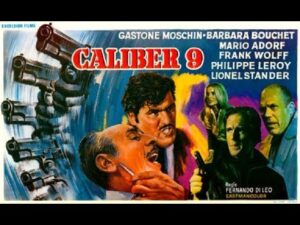 that Ugo took part in the theft of 300 hundred thousand American dollars from the mob and that he has the money stashed away. Even Ugo’s girlfriend Nelly, played by Barbara Bouchet, thinks he stole the cash. When Mikado puts a particularly brute thug Rocco on point for finding out where Ugo has hidden the loot, thing begin to spiral out of control leading to murder and Ugo’s quest for revenge.
that Ugo took part in the theft of 300 hundred thousand American dollars from the mob and that he has the money stashed away. Even Ugo’s girlfriend Nelly, played by Barbara Bouchet, thinks he stole the cash. When Mikado puts a particularly brute thug Rocco on point for finding out where Ugo has hidden the loot, thing begin to spiral out of control leading to murder and Ugo’s quest for revenge.
While the quality of these 70s era Italian exploitative movie can vary a great deal I thoroughly enjoyed Caliber 9. This film has a gritty, realism to it that helped sell the story to betrayal, greed, and fractured loyalties. It is not surprising that there is a re-make currently in post-production slated for a release this year, but between the trouble with foreign producers finding American distribution and the pandemic who knows if we’ll get a chance to see that in theaters at all. It’s a nice tip of the hat to the original that Barbara Bouchet will be appearing in the remake.
Caliber 9 is currently streaming on Amazon as one of the movies available to Prime Members.

